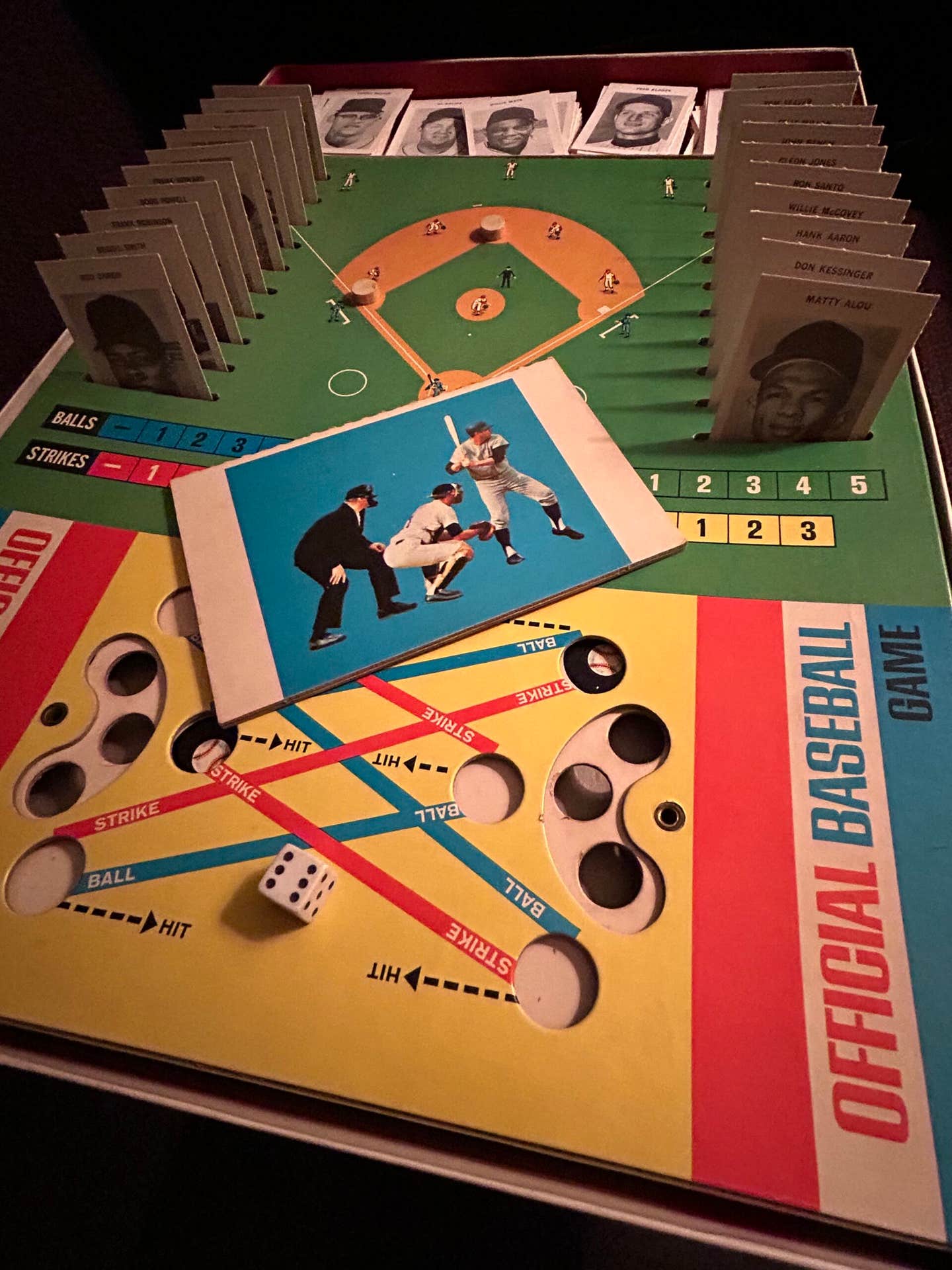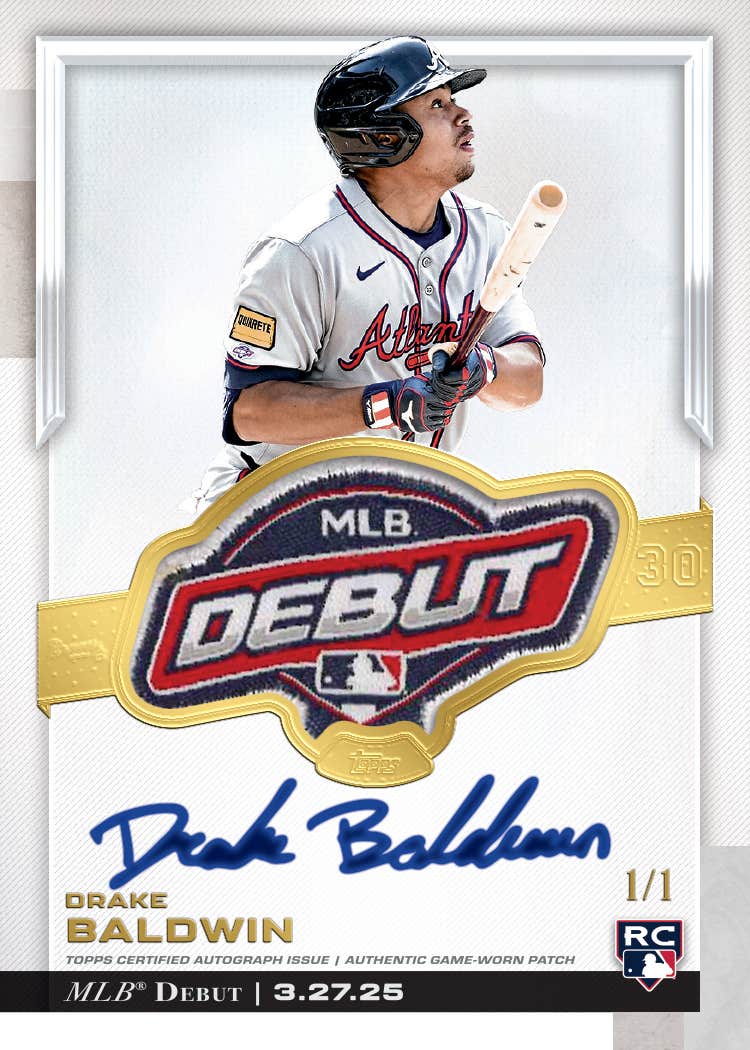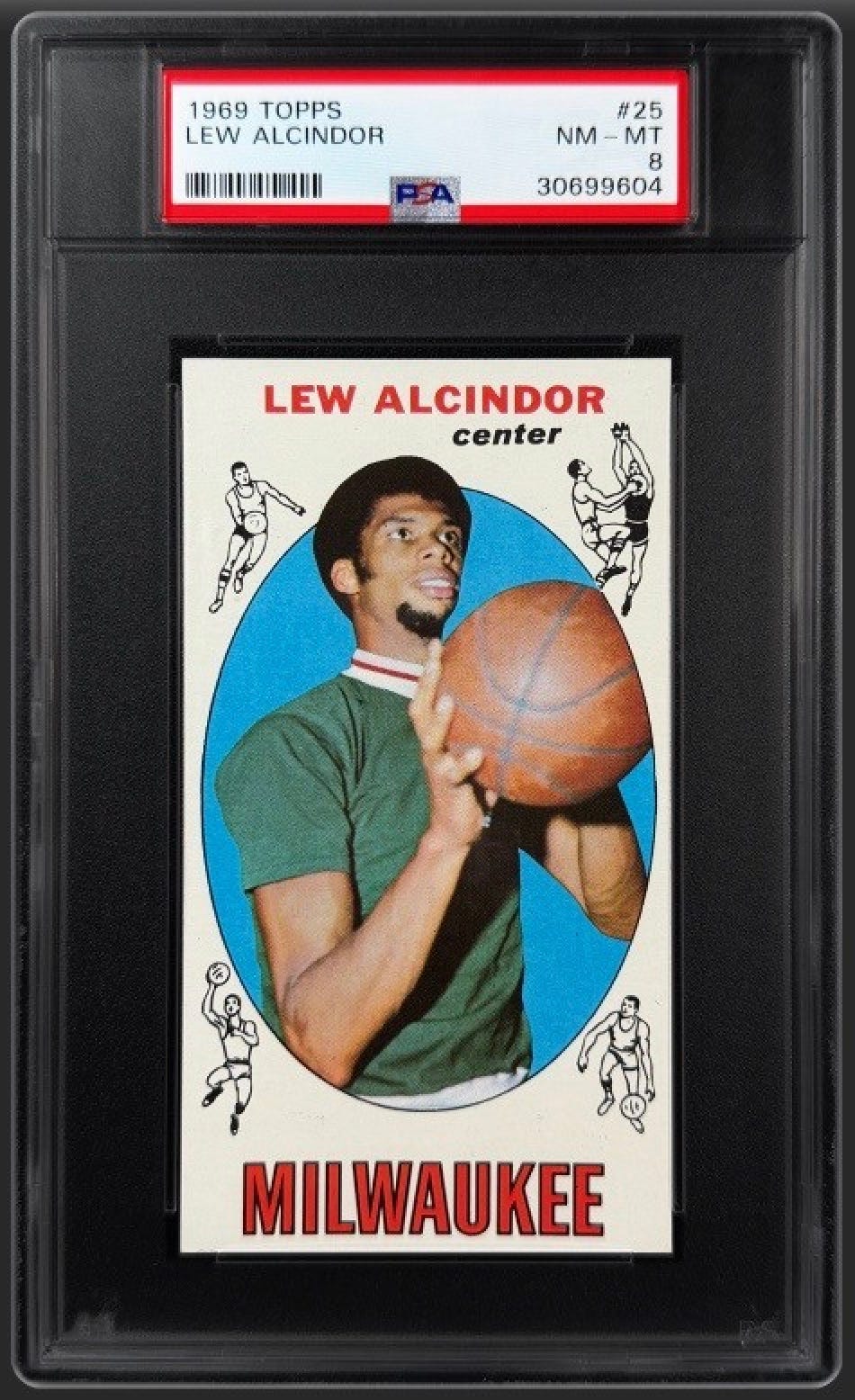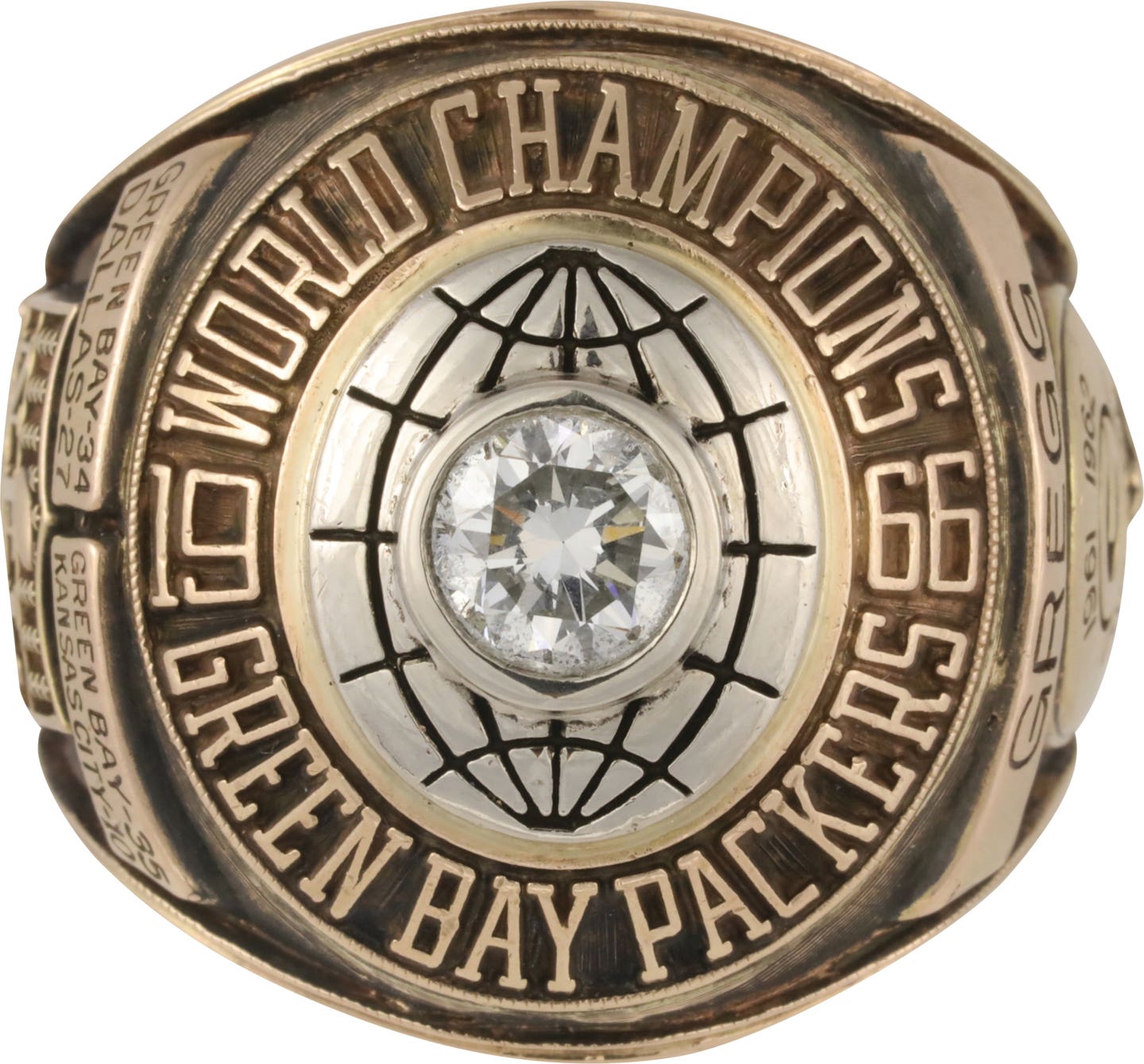News
Iron Man overtook Iron Horse just when baseball needed it
The haggling between billionaire owners and multi-millionaire players hit rock bottom on Sept. 14, 1994 when Major League Baseball Commissioner Bud Selig announced that autumn’s World Series was being canceled. The news impacted the sports world like a fastball to the noggin. A marquee event that transcended baseball and had survived a pandemic, two world wars and the Great Depression was being called on account of greed. Say it ain’t so, Bud. Say it ain’t so.
When the following season began three weeks late after still more squabbling and the threat of replacement players, many turned-off fans vowed to tune out. For good. Their frustration had been building over time, as baseball suffered five work stoppages in the previous 14 seasons. The felled Fall Classic was the final straw for many. Millions stopped following the game, as attendance and television ratings plummeted. The national pastime was in deep trouble.
Fortunately for baseball, The Strike was followed by The Streak. And as Cal Ripken Jr. closed in on Lou Gehrig’s hallowed record of 2,130 consecutive games played, many of those who had given up on baseball began tuning back in and returning to the ballpark, especially Baltimore’s Camden Yards. See, despite his hefty contract and enormous skills, Ripken was a guy fans could relate to. The Baltimore Orioles All-Star shortstop punched the clock every day, gave an honest effort every day, even when he wasn’t feeling his best. Fans respected that Ripken played game after game after game, season after season after season through sprained ankles, twisted knees, flu bugs, jammed fingers, hyper-extended elbows, pulled muscles, splitting headaches, a balky back, batting and fielding slumps, and long losing skids.
And they also admired the ghost Ripken was chasing. Gehrig possessed the same indefatigable work ethic, and had become a beloved historical figure for the courage he displayed while facing an early death.
The quest, which culminated with Ripken’s 2,131 consecutive game on Sept. 6, 1995, helped heal many wounds, provided a balm similar to the one Babe Ruth provided following the Black Sox World Series-fixing scandal in 1919. The Iron Man’s pursuit of the Iron Horse’s record a quarter century ago reminded people why they fell in love with the game in the first place.
***
The reverence for Gehrig and his amazing streak was rooted in tragedy. We remember how his magnificent career and life were cut short at age 37 by ALS (amyotrophic lateral sclerosis), a debilitating, fatal neurological disorder that became known as “Lou Gehrig’s Disease.” But we also remember the New York Yankee slugger’s courageous response to his death-sentence prognosis, especially on July 4, 1939 when he delivered his “luckiest man on the face of the earth” speech before 60,000 fans at Yankee Stadium.
Over time, the number 2,130 would take on mythic proportions. Like Joe DiMaggio’s 56-game hitting streak and Cy Young’s 511 wins, the record seemed unbreakable. It would take a supremely talented and driven ballplayer to make a run at Gehrig’s endurance mark. A guy with an off-the-charts work ethic and pain threshold who could be consistently productive, game after game, season after season. He would need mettle as tough as iron. He’d need to be a modern-day Lou Gehrig.
Ripken was aware of the record but never pondered it as he embarked on his MLB career in 1981.
“That would have been ludicrous to think about, starting out,’’ he said. “It’s really something that crept up on me, happened over time. It wasn’t until I was closing in on 1,000 games that I started becoming aware of my streak, and that was only because it was a nice, round number and reporters started asking me about it.”
It wouldn’t be until he tacked on several hundred more games that he began toying with the idea Gehrig’s mark might be within reach. There were several occasions when the streak appeared in jeopardy. The closest call came after Ripken seriously twisted his knee during a bench-clearing brawl with the Seattle Mariners on June 6, 1993. He could barely walk when he awoke the next morning and even phoned his parents to tell them the streak was probably over after 1,790 consecutive starts. But after undergoing several hours of physical therapy, Ripken was back in the lineup.
His managers occasionally considered resting him, but the more they contemplated it, the more they realized how indispensable he was.
“There were times when I said, ‘OK, Cal, today’s the day to take a day off,’’’ said Hall of Famer Frank Robinson, who managed him for four seasons. “Then, I started looking at the lineup and thought about all the things he did during the course of a game and I’d say to myself, ‘I don’t want to be without those things. Those are the things that give this ballclub the best chance to win. It’s too big a hole to fill.’”
Such support spurred Ripken to play on. And on. And on.
“Frank recognized there are intangibles involved and that this really was about the team and not just me,” he said. “That was great validation from one of the greatest players of all time and it meant the world to me when he said that.”
Ripken credited his parents, Cal Sr. and Violet, for teaching him the importance of a strong work ethic. They laid the foundation for the streak.
“I just believed whether you were a ballplayer or a factory worker or a newspaper reporter that you had an obligation to show up to work each and every day and give it your best even when you weren’t feeling your best,’’ he said. “It wasn’t about the streak. It was about honor and responsibility to your job, and being a good teammate.”
As the seasons passed and the streak grew, it became a huge topic of conversation. Not all of the comments were positive. One national columnist said the streak had become an obsession and Ripken was putting it and himself ahead of his team.
“I did my best to block out the noise, but some of the criticism hurt, particularly the accusations that I was selfish and hurting my team by not taking a day off,’’ he said. “In retrospect, I think it was a case of being selfless rather than selfish. If I was really selfish, I think I would have taken some time off, like the guys who came up with mysterious ailments such as ‘Randy Johnson-itis’ when they didn’t want to face a tough pitcher who might hurt their averages.
“I know I probably could have had better individual numbers if I had taken 10 days a year off. I could have missed the games against pitchers I had trouble hitting. But I believed even when I was struggling at the plate, I could do other things to help my team win. And I thought to myself, ‘What kind of an example am I setting for my teammates if I’m begging out of the lineup against Roger Clemens in a day game following a night game where we’ve just played 15 innings?’ They’re going to drag themselves out there and try to beat Clemens even though they’re beaten-up and dog-tired, and I’m going to take the easy way out? To me, that would have been selfish; that would have shown them I thought I was a star, that I thought I was entitled and didn’t have to grind it out and go to battle with them.”
On the night of Sept. 6, 1995, the unthinkable became reality. Nearly 50,00 fans – including President Bill Clinton – packed Camden Yards. They, along with an ESPN-record television audience, cheered on Ripken as he surpassed Gehrig’s record. Once the game became official at the end of the top of the fifth inning, play was stopped so the feat could be celebrated. Several dignitaries spoke, including Joe DiMaggio, who had been a teammate of Gehrig’s. A huge banner at the iconic B&O Warehouse just beyond the ballpark’s right-field stands was unfurled from the roof to reveal the new record number for most consecutive games played. During a lengthy standing ovation, Ripken doffed his cap several times and repeatedly mouthed the words, “Thank you.”PhotoBryan Yablonsky/Sportschrome/Getty Images
The festivities were followed by one of the most memorable victory laps in sports history. Oriole teammates Rafael Palmeiro and Bobby Bonilla pushed Ripken out of the dugout and toward the right-field line, and, soon, he was shaking hands, doling out high-fives, and gazing into the faces of teary-eyed fans.
“During that jaunt around the ballpark, it dawned on me what the streak really meant to people,’’ he said. “I think the fans really wanted a reason to be able to fall back in love with the game after being turned off by the work stoppage and cancellation of the 1994 World Series – and the streak gave them a reason to.”
Ripken would play 501 more games in a row before removing himself from the lineup before a game against the Yankees on Sept. 20, 1998. To put his achievement into perspective, 3,713 MLB players went on the disabled list during his 13-year streak. He played his last game in 2001, ending a 21-year career that saw him compile first-ballot, Hall of Fame numbers – 3,184 hits, 431 home runs, 1,695 runs batted in, 19 All-Star Game selections and two American League MVP Awards. The night he broke Gehrig’s record would be voted the greatest moment in baseball history in a nationwide poll of fans at the turn of the century.
Ripken would team with Tony Gwynn to establish another record in 2007 when the dynamic duo helped draw a record 82,000 spectators to their Hall of Fame induction ceremony on the outskirts of Cooperstown.
While most believe Ripken’s record of 2,632 consecutive games is unassailable, the Iron Man isn’t so sure.
“I see it differently than most,’’ he said. “Yes, it takes a special set of circumstances, a certain stubbornness and things falling into place the right way over a long period of time. I always figure if I can do it, someone else could.”
For the record, Kansas City Royals All-Star Whitt Merrifield is the active leader with 247 straight games played heading into the 2020 season. He would have to play 162 games per season over the next 15 seasons to surpass Ripken. Good luck doing that.
Scott Pitoniak is a nationally honored journalist and best-selling author of more than 25 books, including the recently published, “Remembrances of Swings Past: A Lifetime of Baseball Stories,” available in paperback and on Kindle at amazon.com. You can reach him at spitoniak@aol.com or on twitter @scottpitoniak.
Perusing the Gehrig, Ripken collectibles market
Lou Gehrig’s enduring appeal was underscored last August when his 1937 game-worn, New York Yankees road jersey sold for $2.58 million at Heritage Auctions. This historic sale occurred not long after one of the Iron Horse’s game-used bats garnered $1,025,500 and a game-worn cap fetched $312,000.
Of course, you need not be a multimillionaire to collect Gehrig items. For $25 you can purchase a framed copy of his famous “Luckiest Man on the Face of the Earth” speech. Promotional Gehrig bobble heads that were given away at various major and minor league ballparks range between $44 to $75, and reprint and newly made cards are plentiful, going for anywhere from a dollar up to $25.
Cal Ripken Jr. memorabilia and cards are much more plentiful and affordable. A recent eBay journey revealed more than 63,000 items. His Baseball Hall of Fame bobblehead listed for $39.95, and autographed copies of his “Just Show Up” books were going for $45.
Ripken’s rookie cards are readily available. The 1982 Topps Oriole Future Stars card, which also shows Bobby Bonner and Jeff Schneider, had opening bids as low as $10. Interestingly, Bonner is listed as the shortstop prospect on the card, while Ripken is listed as the O’s third baseman of the future. Topps also featured Ripken on a 1982 traded card (No. 98), with bids for these starting at just $2. Fleer’s 1982 Ripken (No. 176) was listed for $25, while Donruss’ 1982 No. 405 started at $6.50. Ripken autographed items are quite reasonable. If you are looking for something different, you can buy a 1983 World Series ball signed by him for $165.
There also are numerous items focusing on Ripken breaking Gehrig’s consecutive games played record. These include mint-condition newspapers available for as low as $28 and a commemorative Sports Illustrated issue for $19. Several items feature both the Iron Man and Iron Horse, including a 1995 card set for $13 and a MacFarlane figurine combo set for $40.








